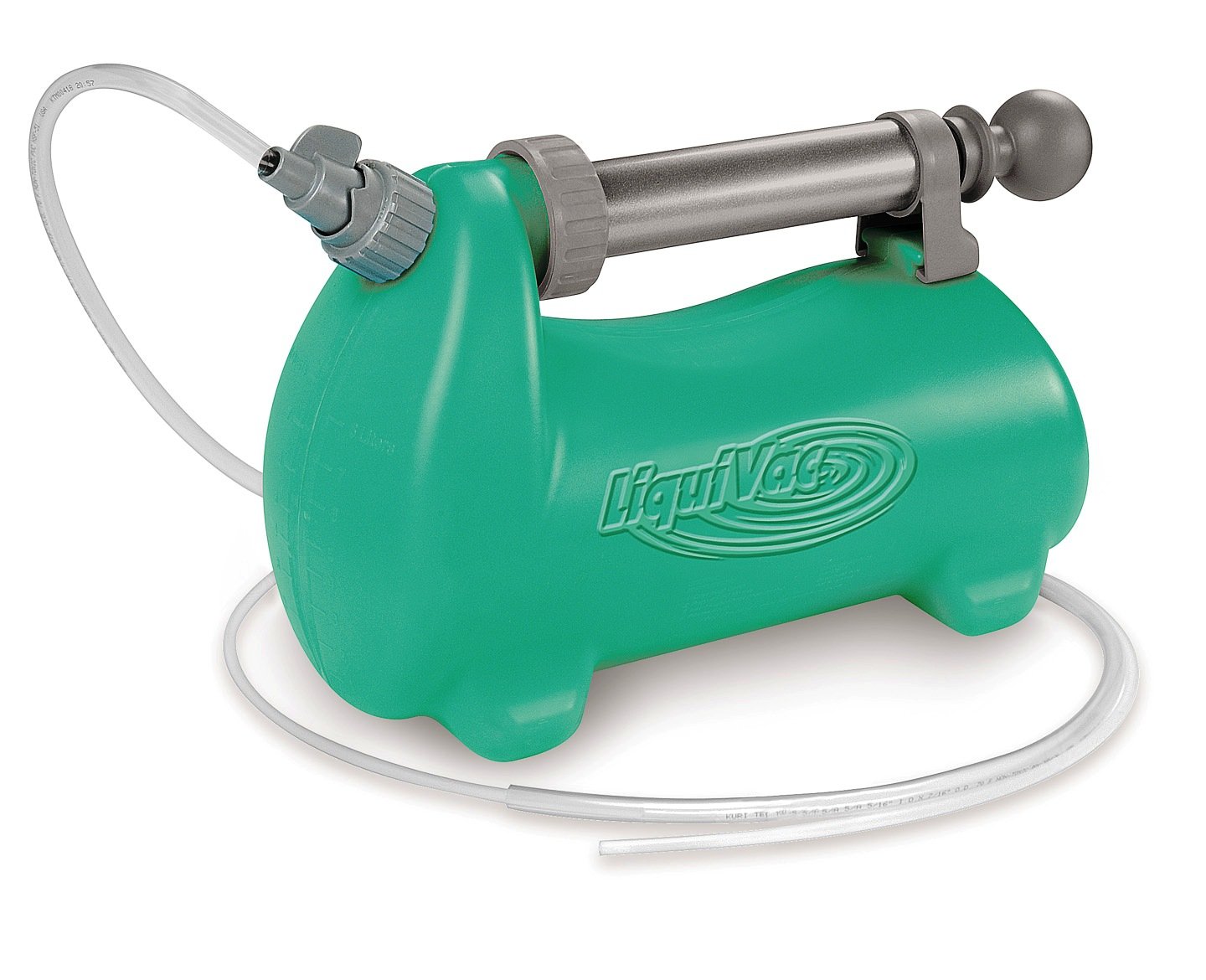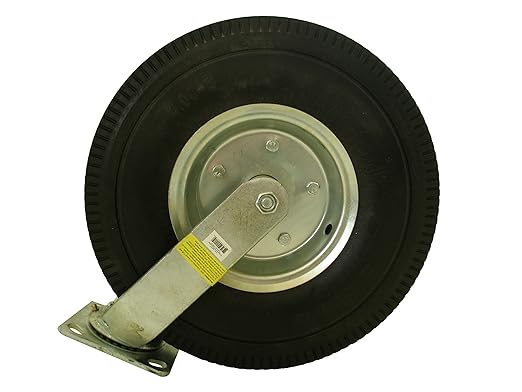Erik B
ArboristSite Guru
Great family project.Kids picked the paint.

sent from a field

Great family project.Kids picked the paint.

sent from a field




By using a kinetic splitter you are changing the way you split wood.
I would add a caution, or two:
-Keep your back and neck straight, and your head out of the vertical plane of the beam to avoid eating summersaulting splits.
-Keep your fingers on top of the wood, or grasped on the side of the wood when resplitting, and fingers off the ends at all times. When grabbing on the side, keep fingers from sliding on table surface, as there is a pinch point where the gap stops between the table and beam at the wedge.
-Adhere to the sticker that says 'One person operation', (or something like that).
-Read the assembly and instruction manual completely. The handle nuts should allow vertical play of the handle on the engagement shaft.
-a typical retracting issue, and it will occur, is alignment of the cam roller on top of the beam. Turn machine off. Tap cam lightly on one side or the other. Pull ram out manually and release to check alignment. Also check all five cam followers to see if they spin freely.
-an old hand saw is a thin, good tool to clear buildup under the push plate between the beam and brass wear plate.
-splitter trash can wedge under push plate. A 9/16" wrench is handy to loosen the six push plate bolts that connect the lower cam follower brackets. You will also need a 1/2" and 7/16" wrench handy to pull the cover for maintenance. Pretty simple.
-a 2' L-bar, or pry bar, is handy to unstick the push plate if it jambs against a split when extended. This is often caused by side pressure on the push plate if a round has a twist. I keep it within arms reach when I'm splitting.
-I think I've mentioned before, I hit the top corner of the wedge with a hand file to dull it. At some point you will probably back hand it a time or two when reaching over or around it.
-vary engine speed to find the sweet spot for engagement. Mine varies from day to day between 3,500 and 3,700 rpms.
_I would suggest an hour meter. Ive recently added one as I do 1/4 cord at a time so lots of on/off during a day, fifteen to twenty minutes at a pop. It adds up quick and easy to loose track of accumulated hours.
Not trying to be a know it all. Just passing along a few things that have come up the past couple seasons and have found to make things run smoother. I just pulled the engine to change oil, clean it up, grease the flywheel shaft zerks, and look it over. Three years old and a few cord behind it.
Very good choice of splitters. I believe the more you use it the more you will like it.
Retracting can be an issue, and tapping the top cam roller to realign will typically solve it, being the main thing.
And ask yourself the question before you engage the handle... Do you know where your fingers are?
Dancan got it right in the last post...
You have to remove the engine to chage the oil?!


I'm thinking your going to want wheels and uprights on your loading table so you can do a third to a half cord at a time without stopping. Or possibly an elevated stand you can hand load and move to the splitter with forks.
I am having second thoughts today on the splitters wagon axle design. The solid axle will move to the opposite end, under the wedge/table. The steer axle will be under the engine, and will also pivot up and down for uneven ground. I'm wondering if that pivot is a mistake on the heavy flywheel/engine end, and the pivot moved to the table end would be better, more stable from tipping. The steer knuckles add width, unless the axle angle iron is shortened. Shortening the steer axle is what I intended to do to keep the wheel/tire width the same on both axles. Wider, with the pivot would not add stability. Moving the pivot to the rear axle, or wedge/table end axle, and not shortening the steer axle, the flywheel/engine axle, would add a few inches width on both sides, and add stability. Hmmm... Modifying one end, I could unbolt it and bring it back to original if necessary. Both ends, not so much without buying another axle. But, tipping it over would not be good either.View attachment 538132
Considered getting a wire welder but I hate buying cheap tools. A descent starter one would be ball park, what $1,200 minimum? For starters, I wouldn't know what to get, and just wouldn't use it enough to make it worth while.


Enter your email address to join: